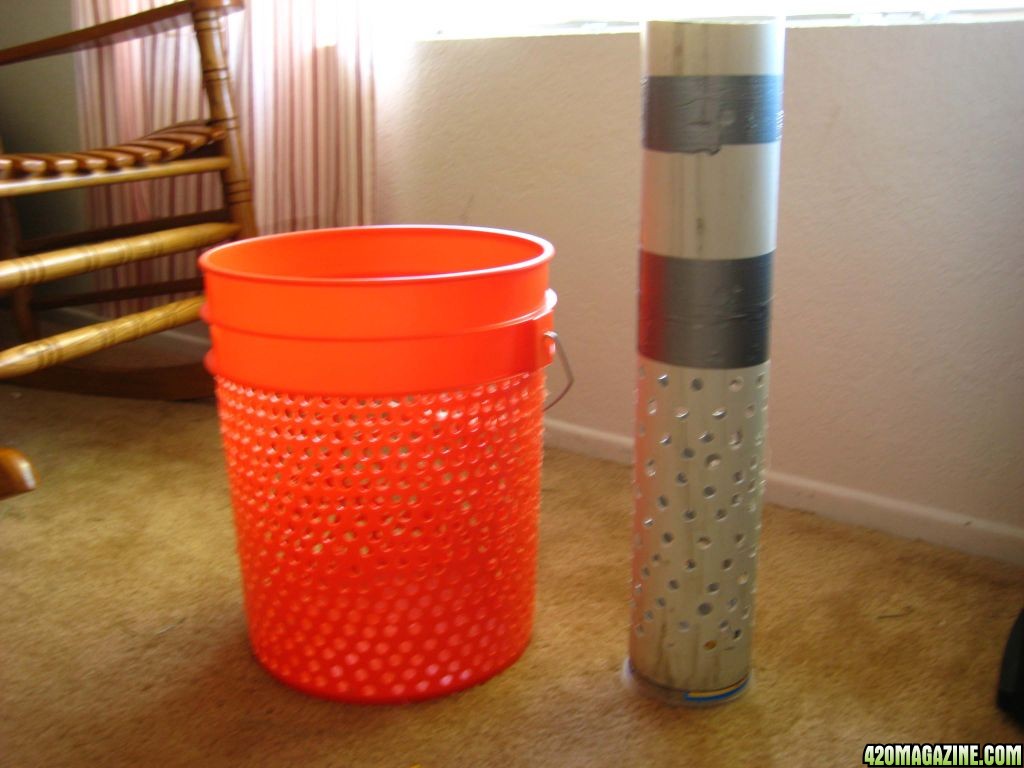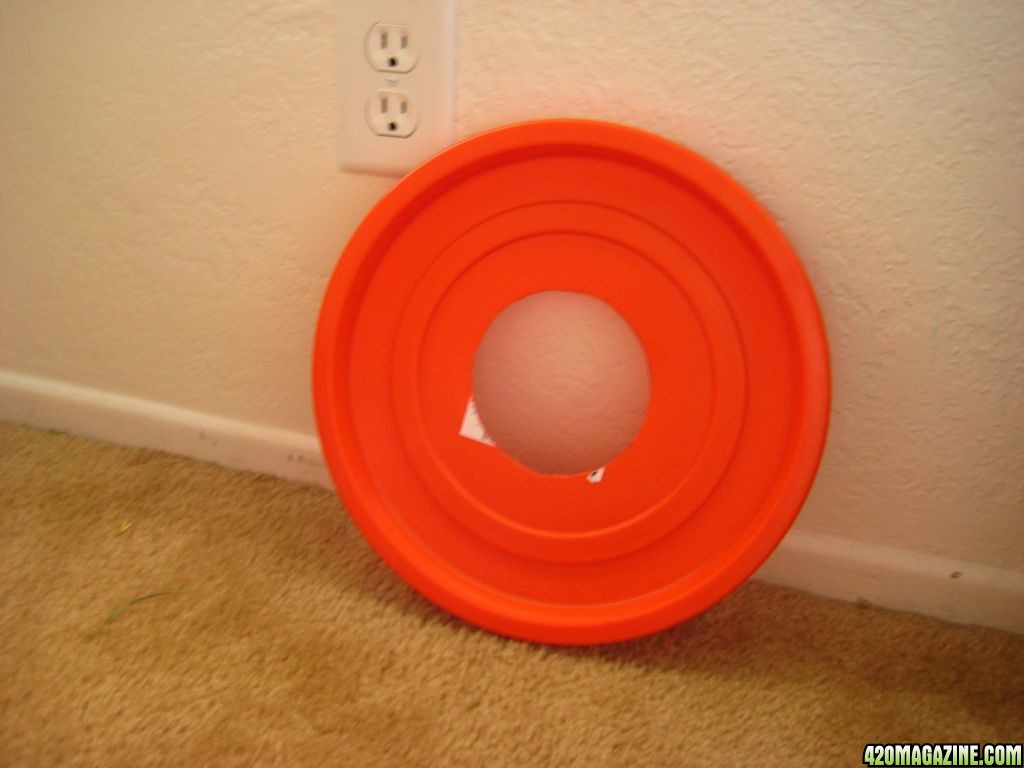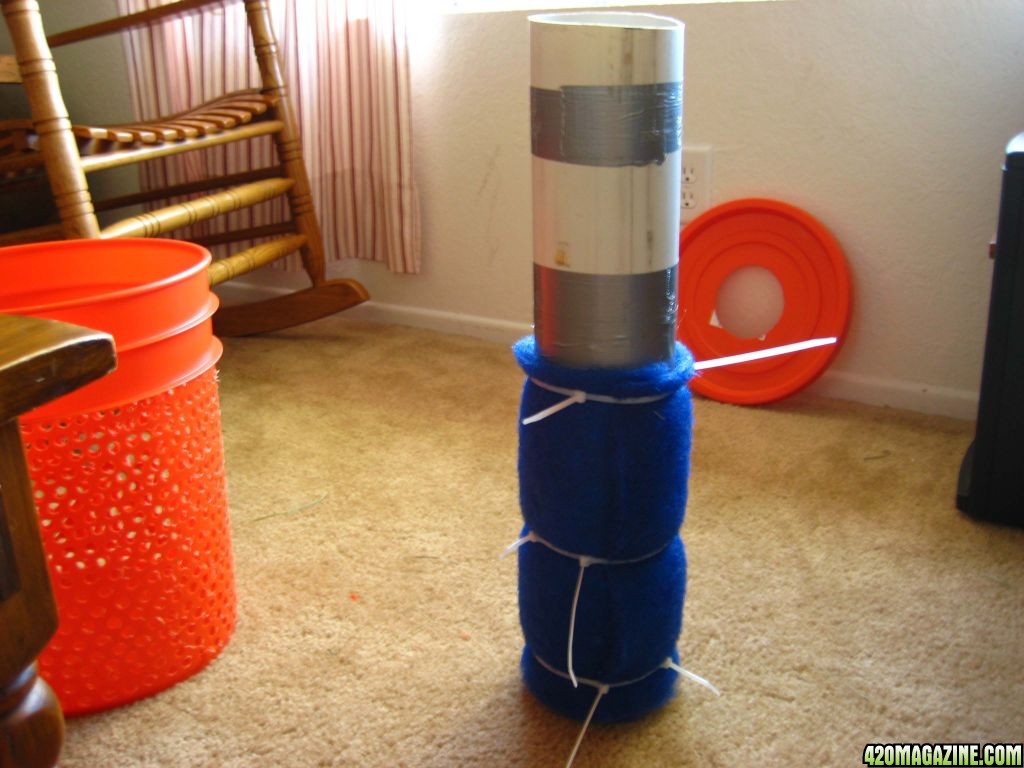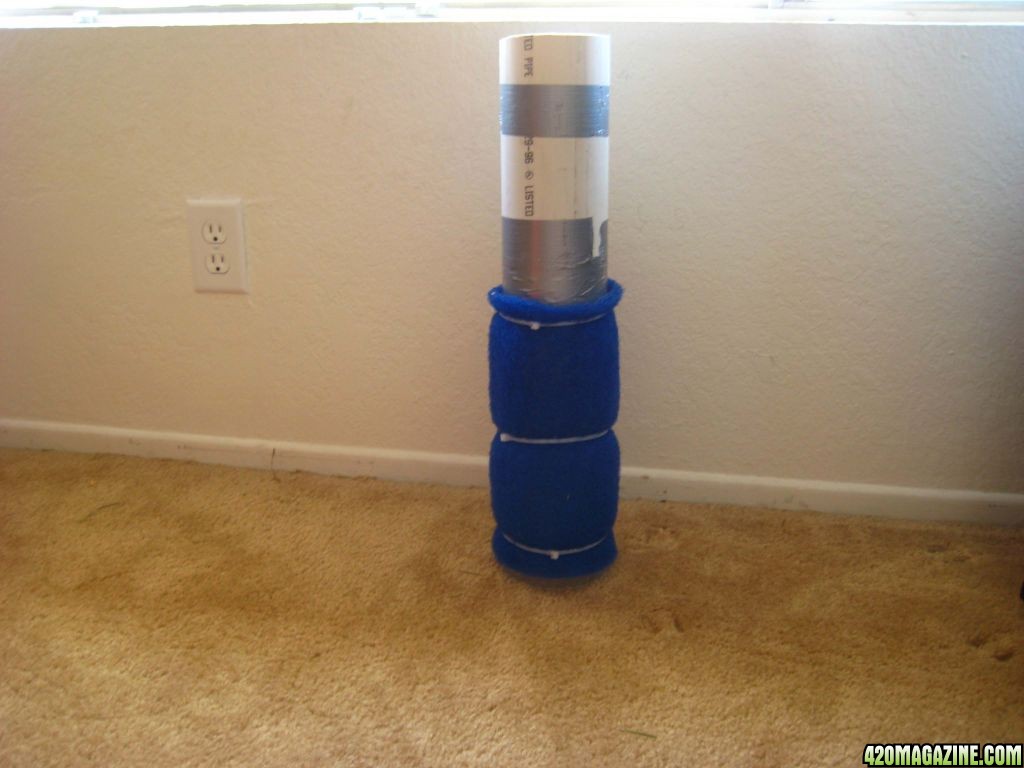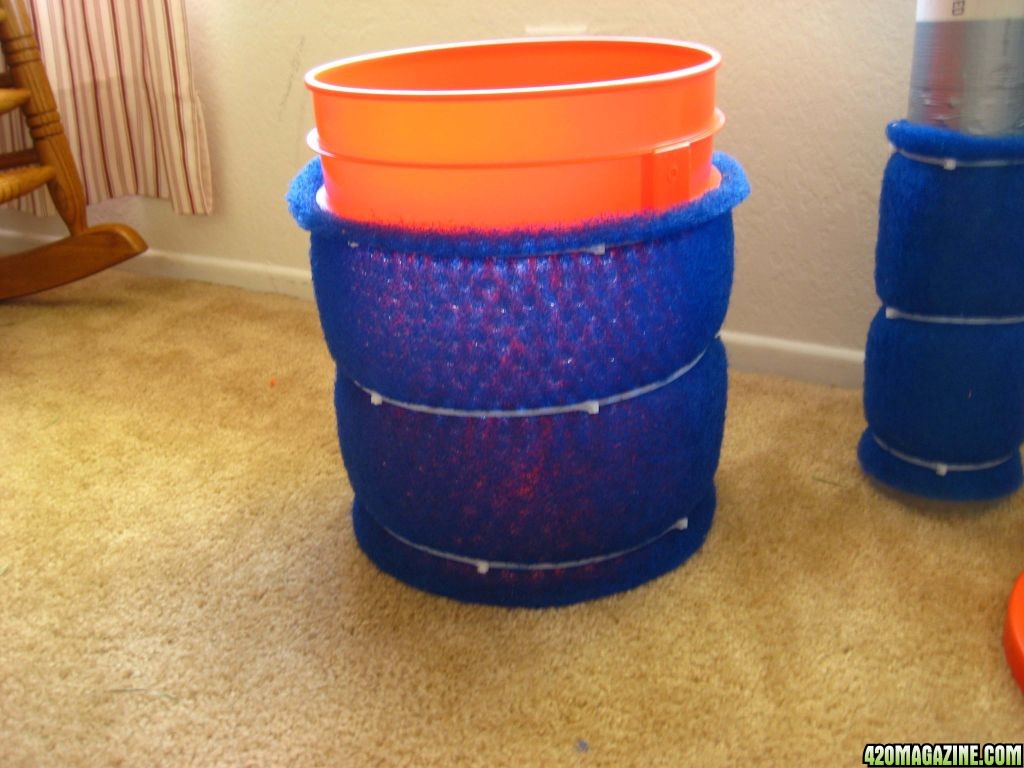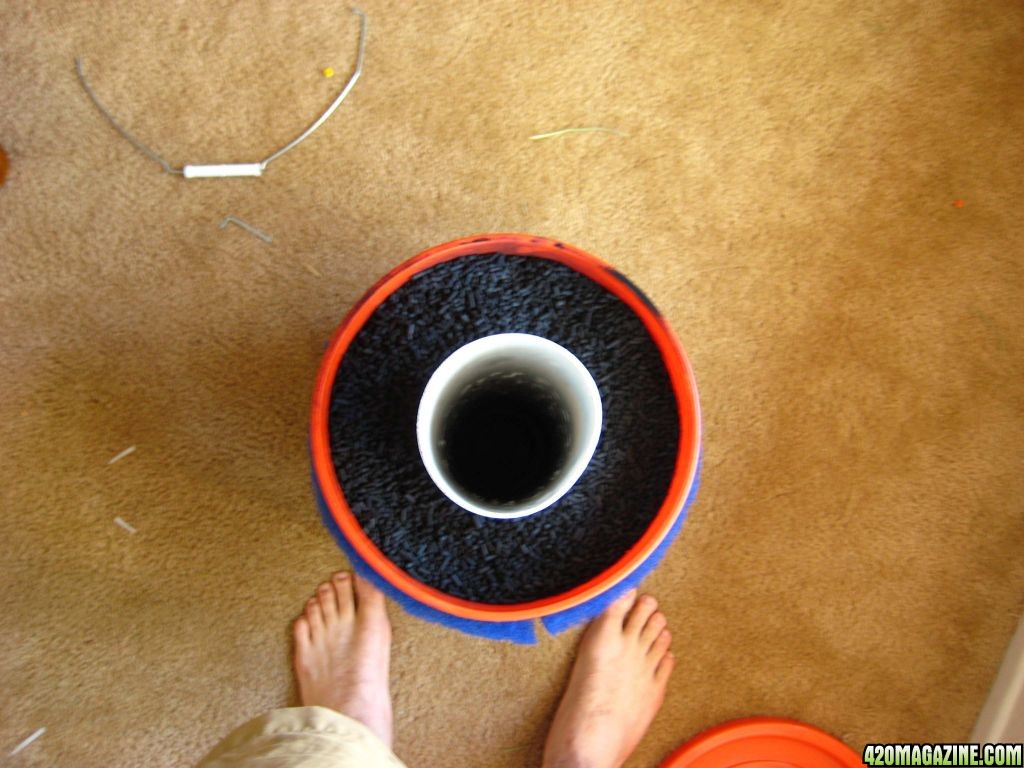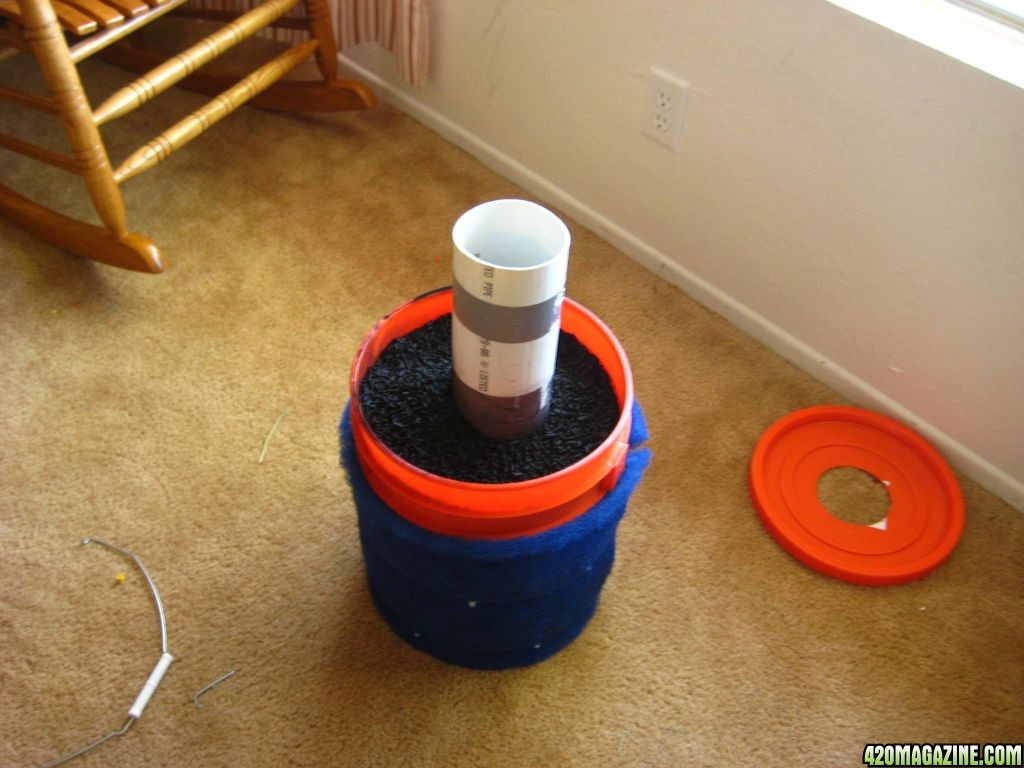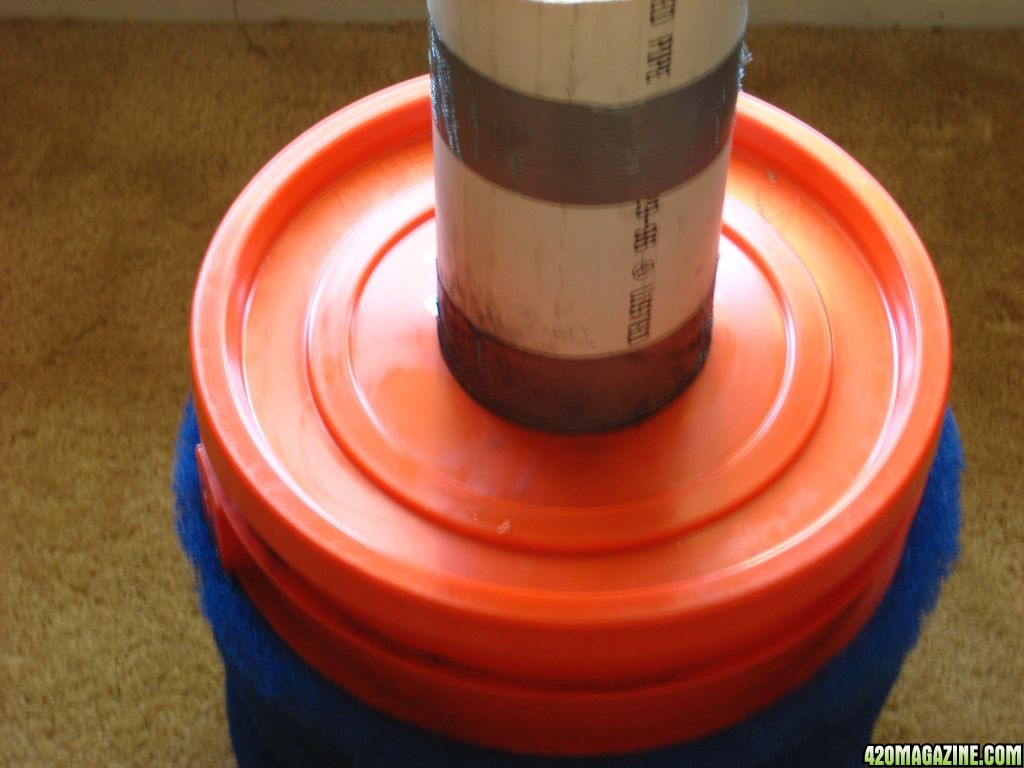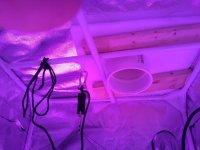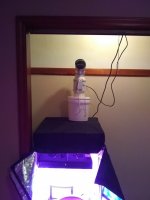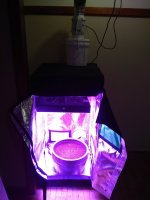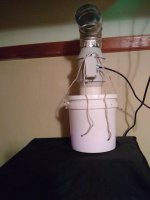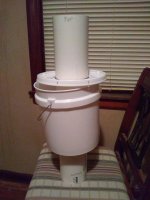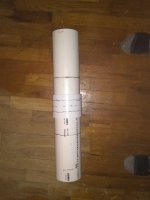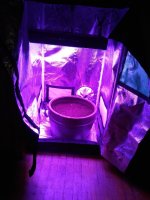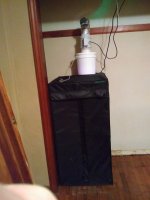Transplant
New Member
You could build one with what ever materials you have. 6" pvc pipe would work, however in a 5 gal bucket application you would greatly reduce the amount of carbon the contaminated air would touch in a single pass, thus reducing the effectiveness of the filter. if you were to use it as a scrubber where the air would pass over the carbon multiple time, then this would not be a big issue. On the the other hand there is no law that says it has to be a 5gal bucket. You could theoretically use a number of containers ranging from a rubbermaid tote to a 55gal drum, just uses what ever you need to fit your needs. The building concept would be the same just modify the design a bit.
Yeah I was thinking of doubling it, Two buckets .. one on top of the other
Kinda just double the recipe lol




